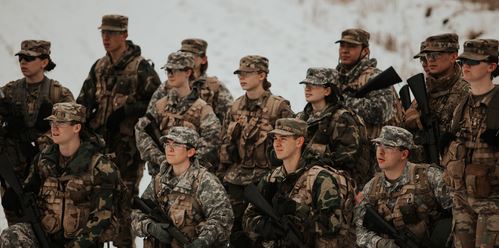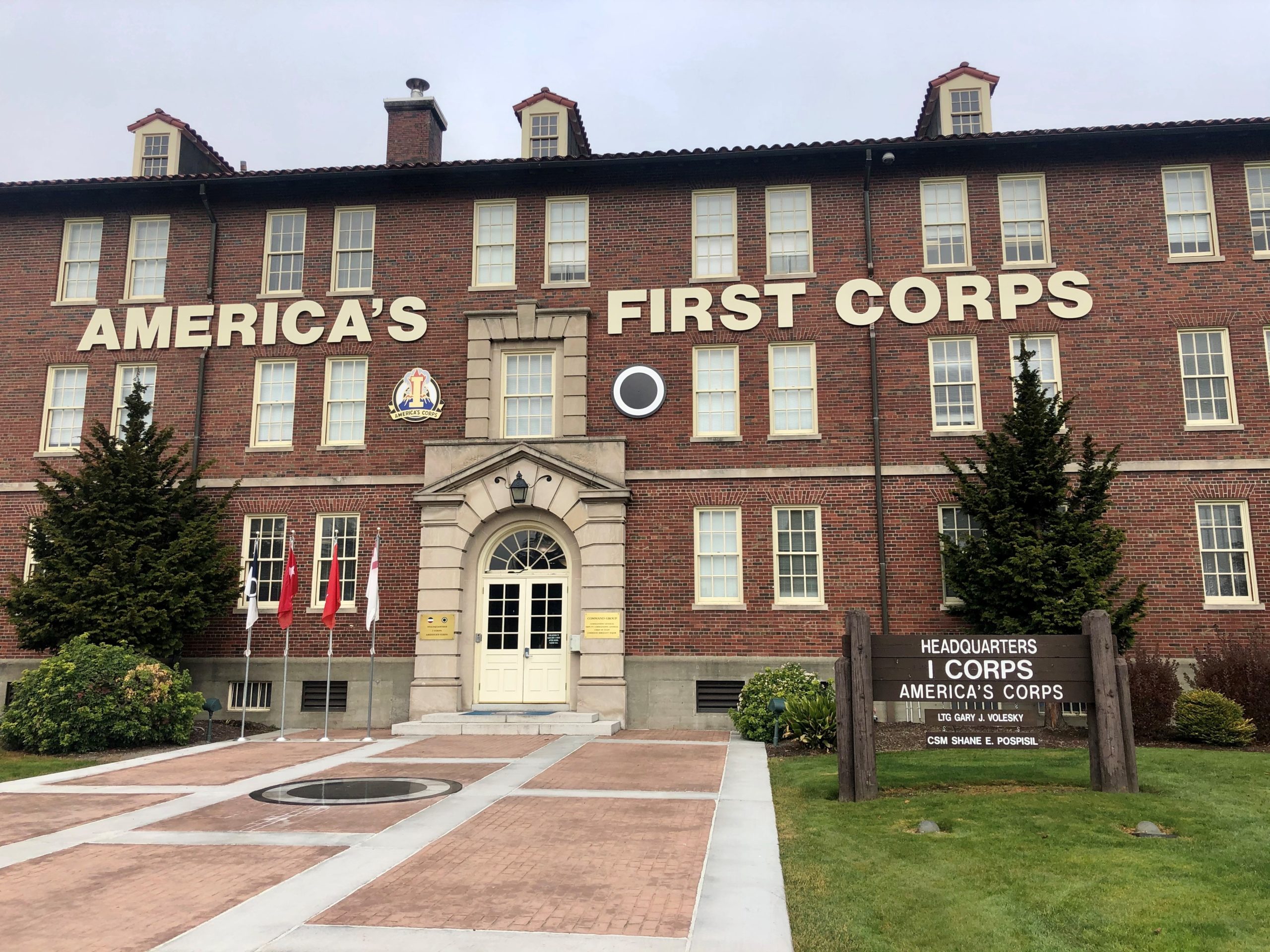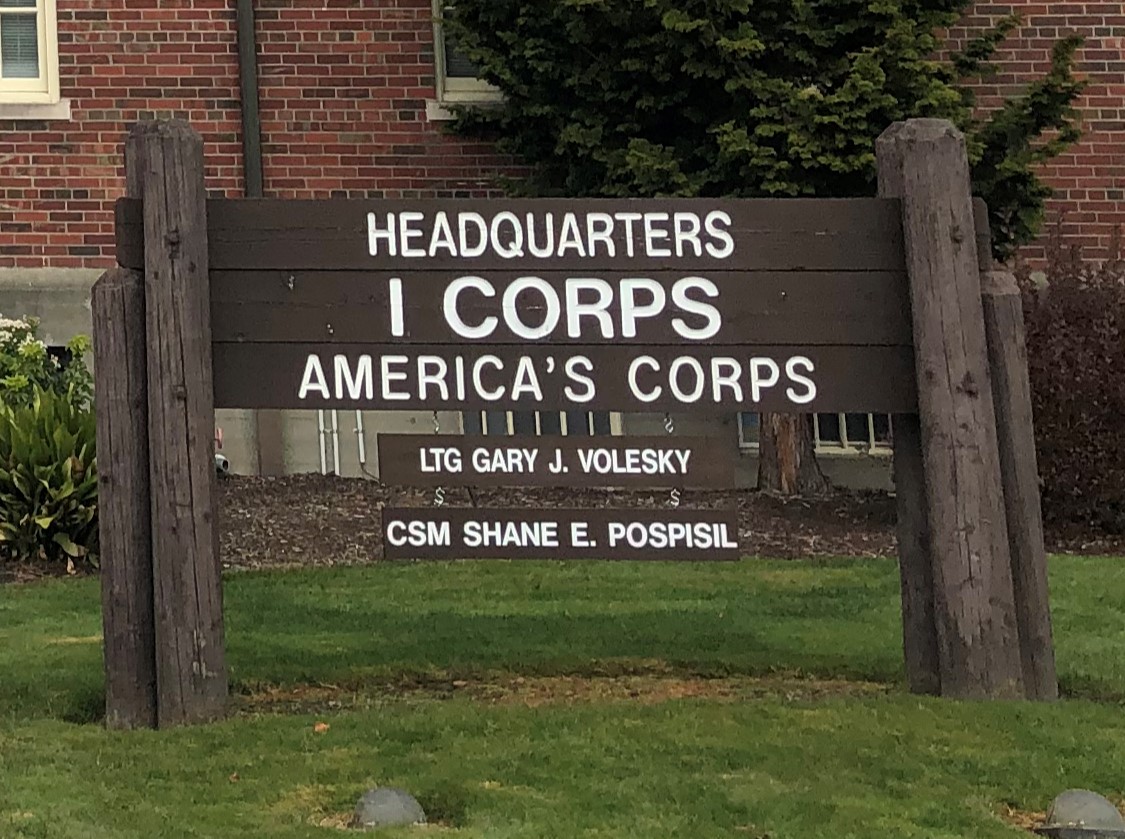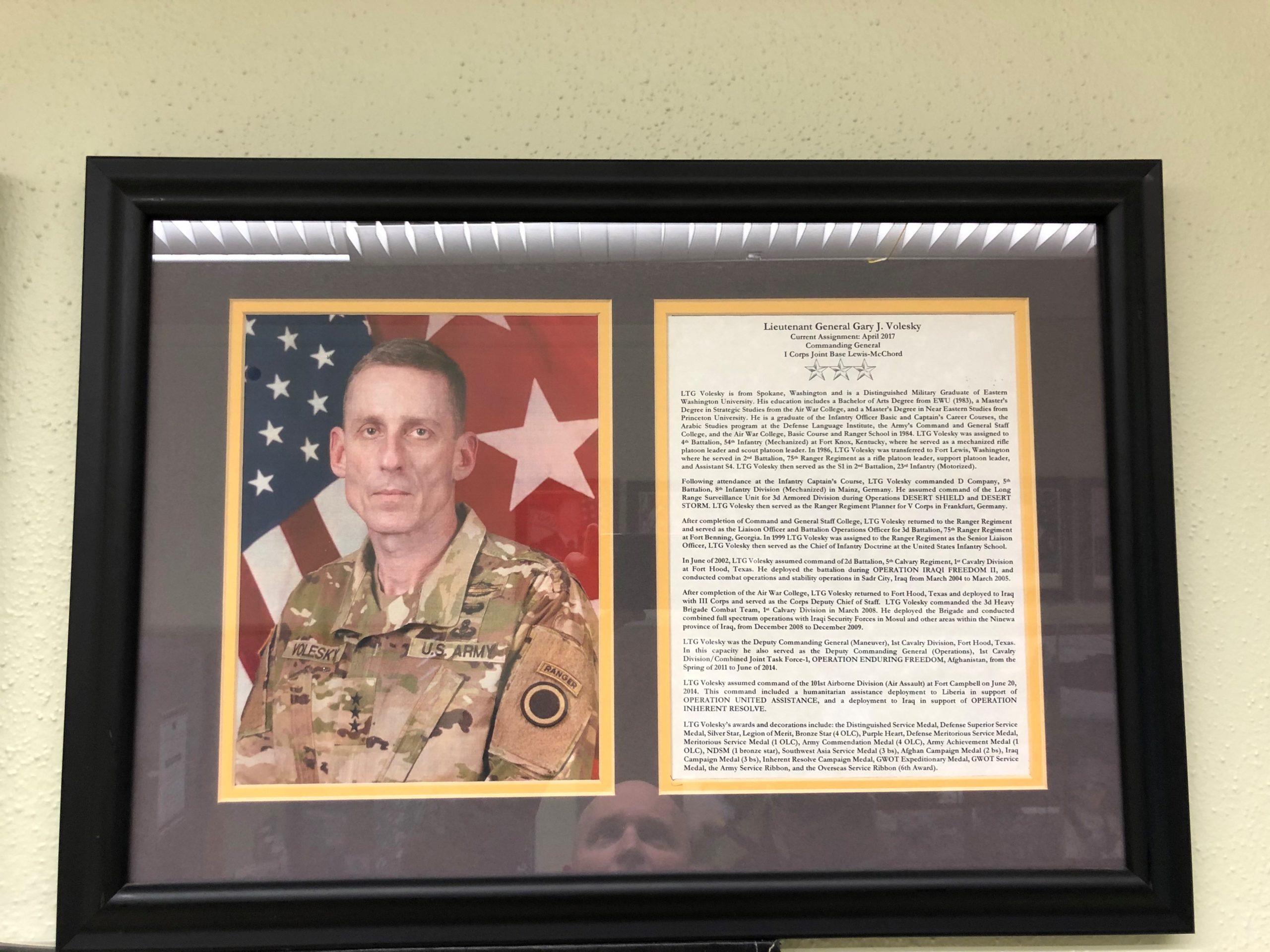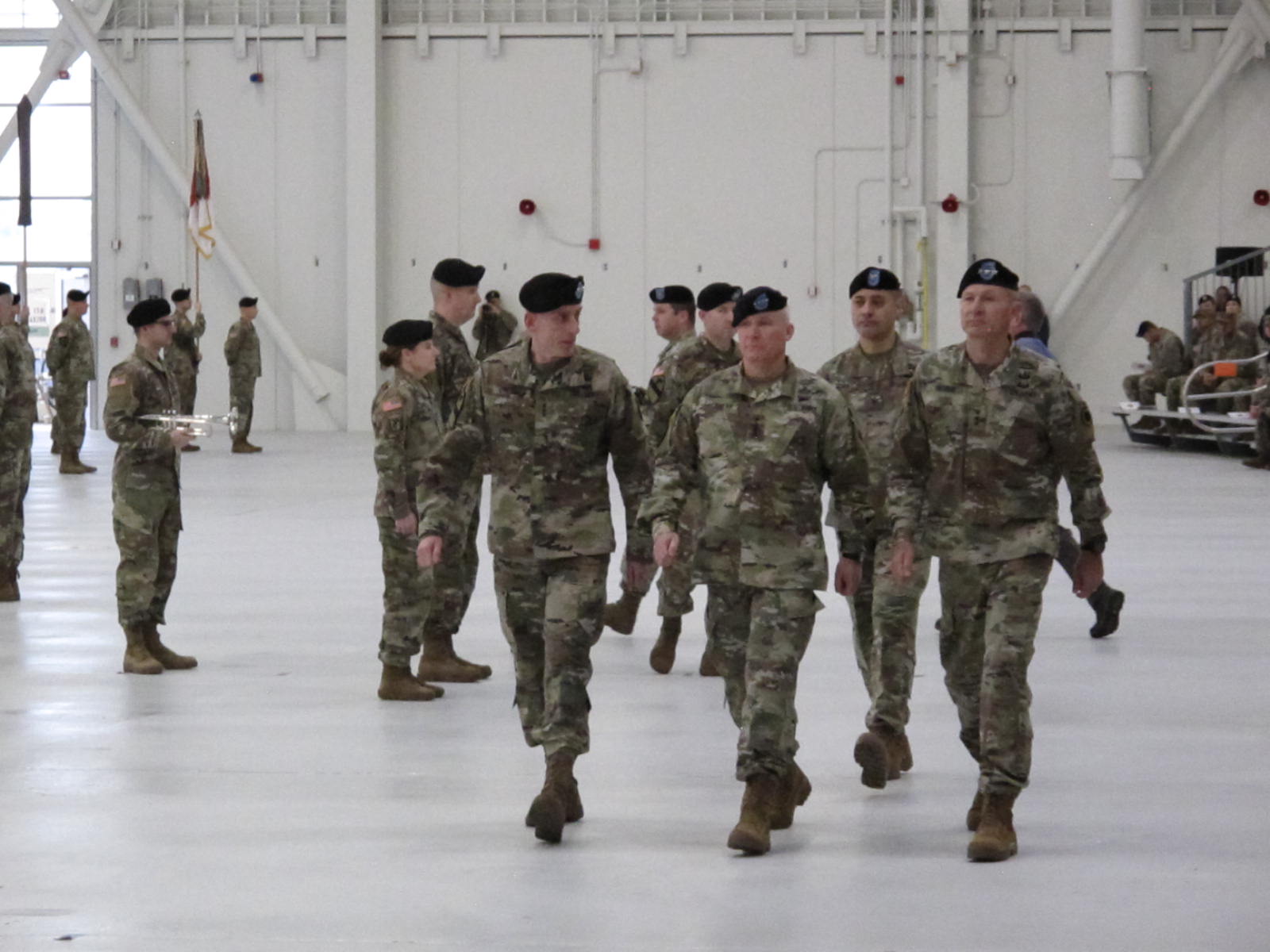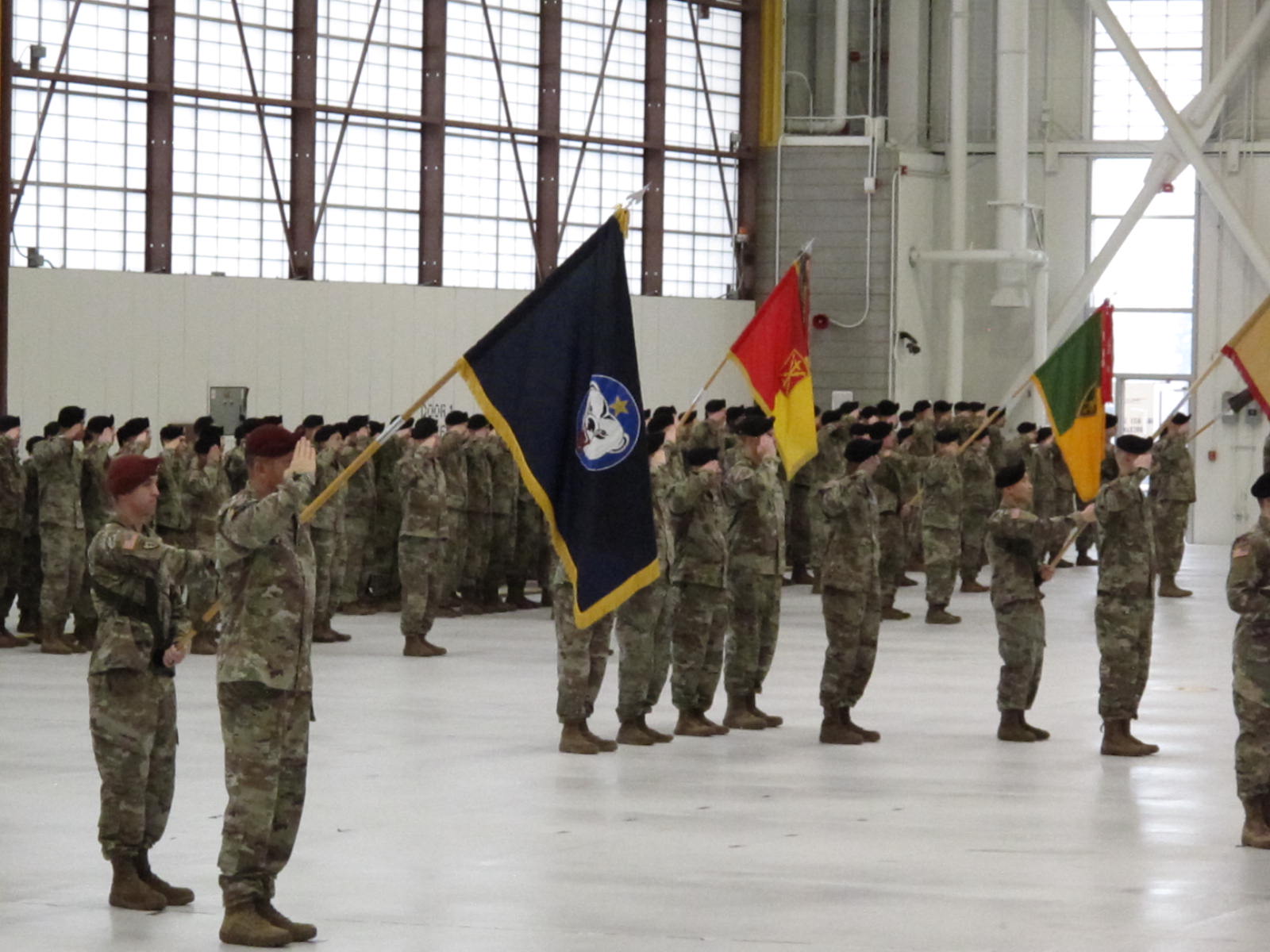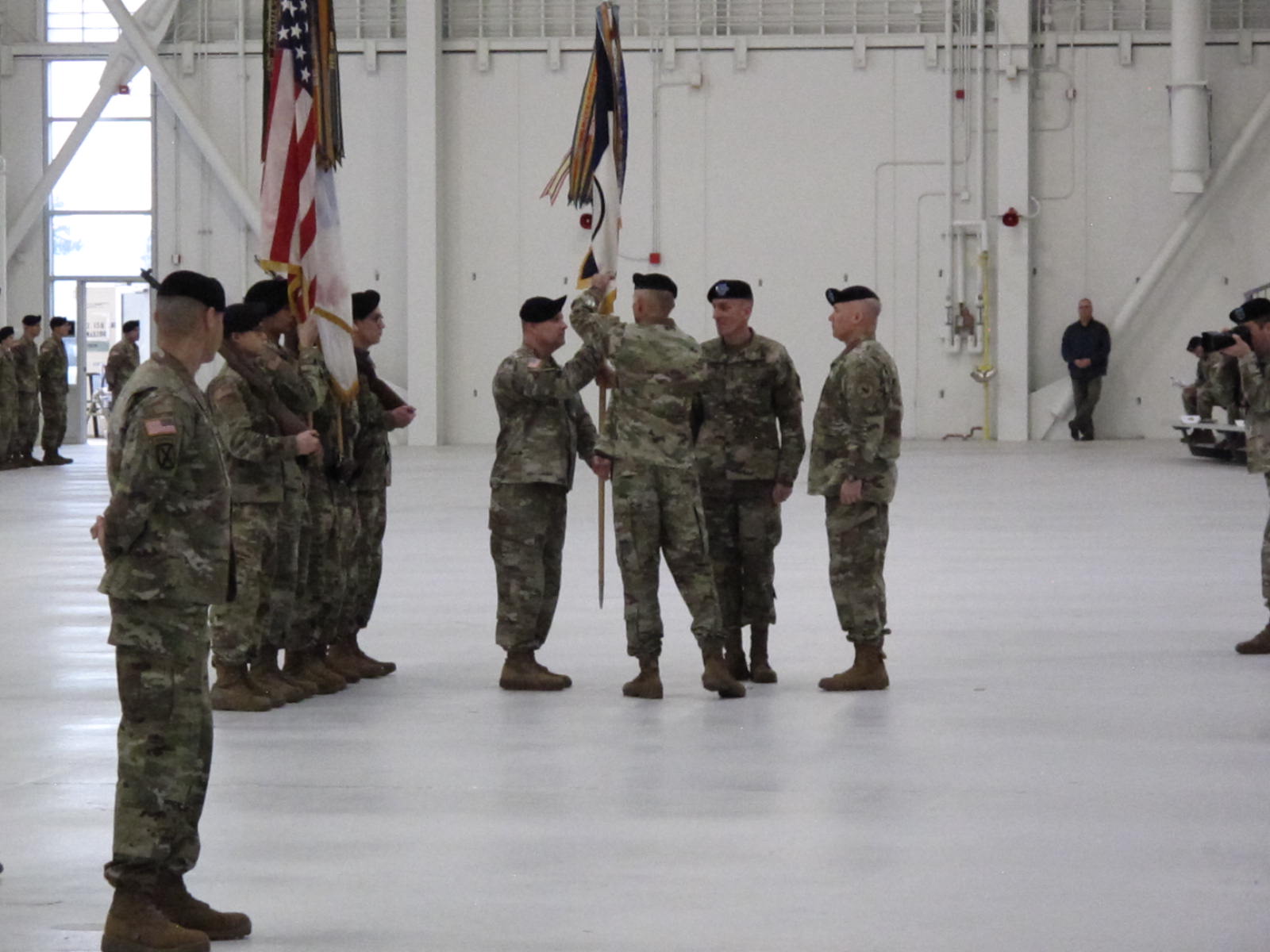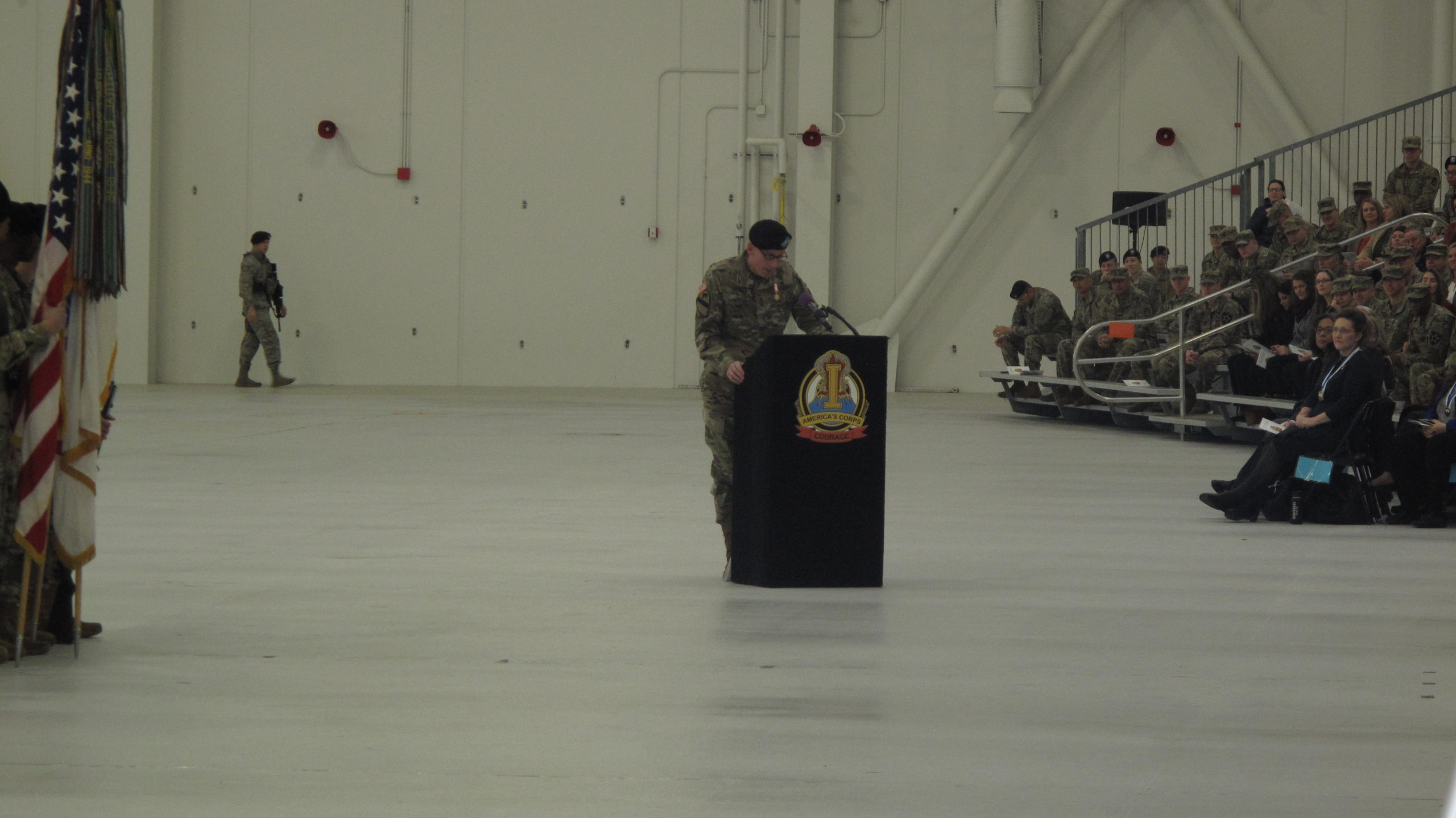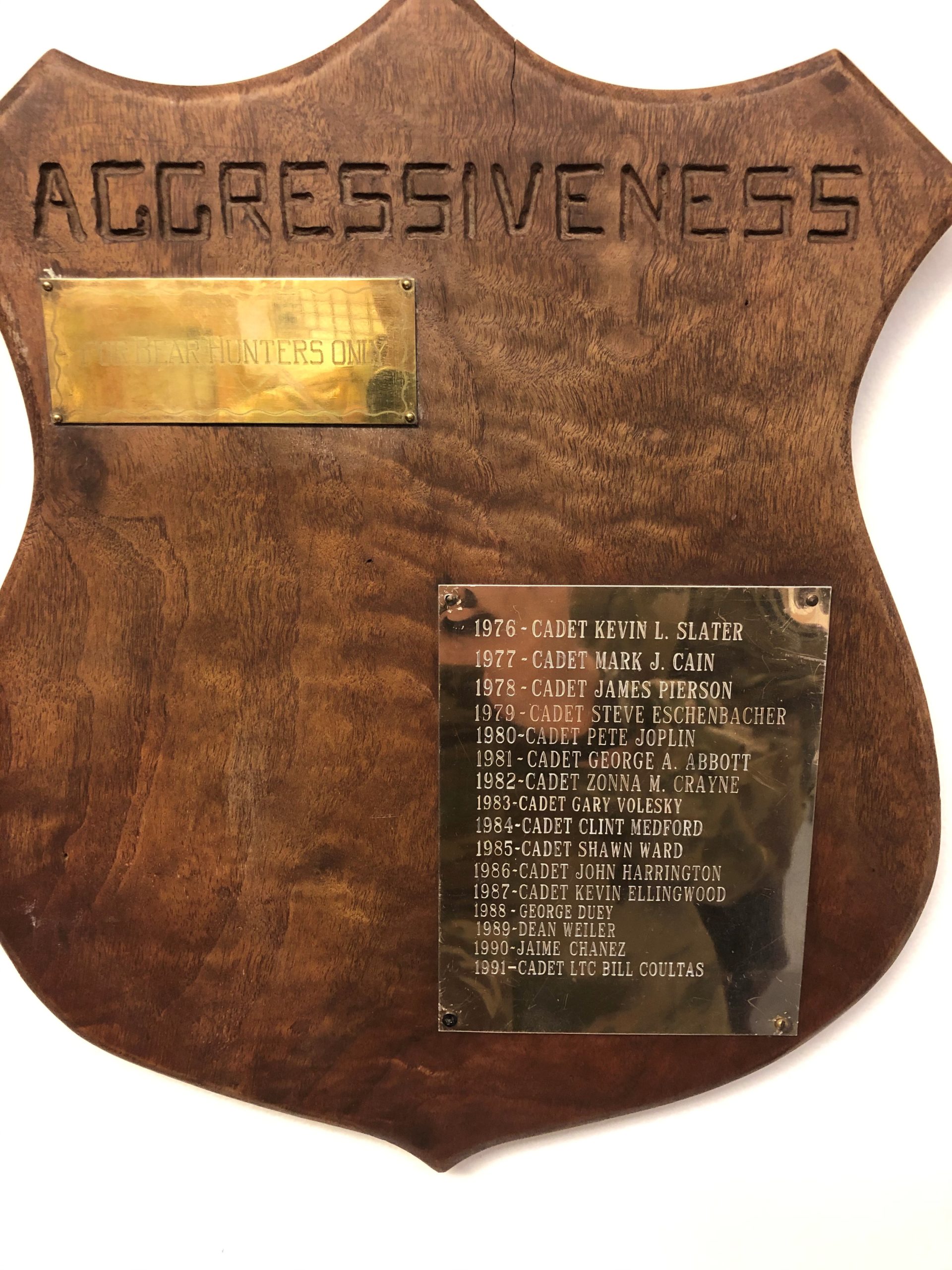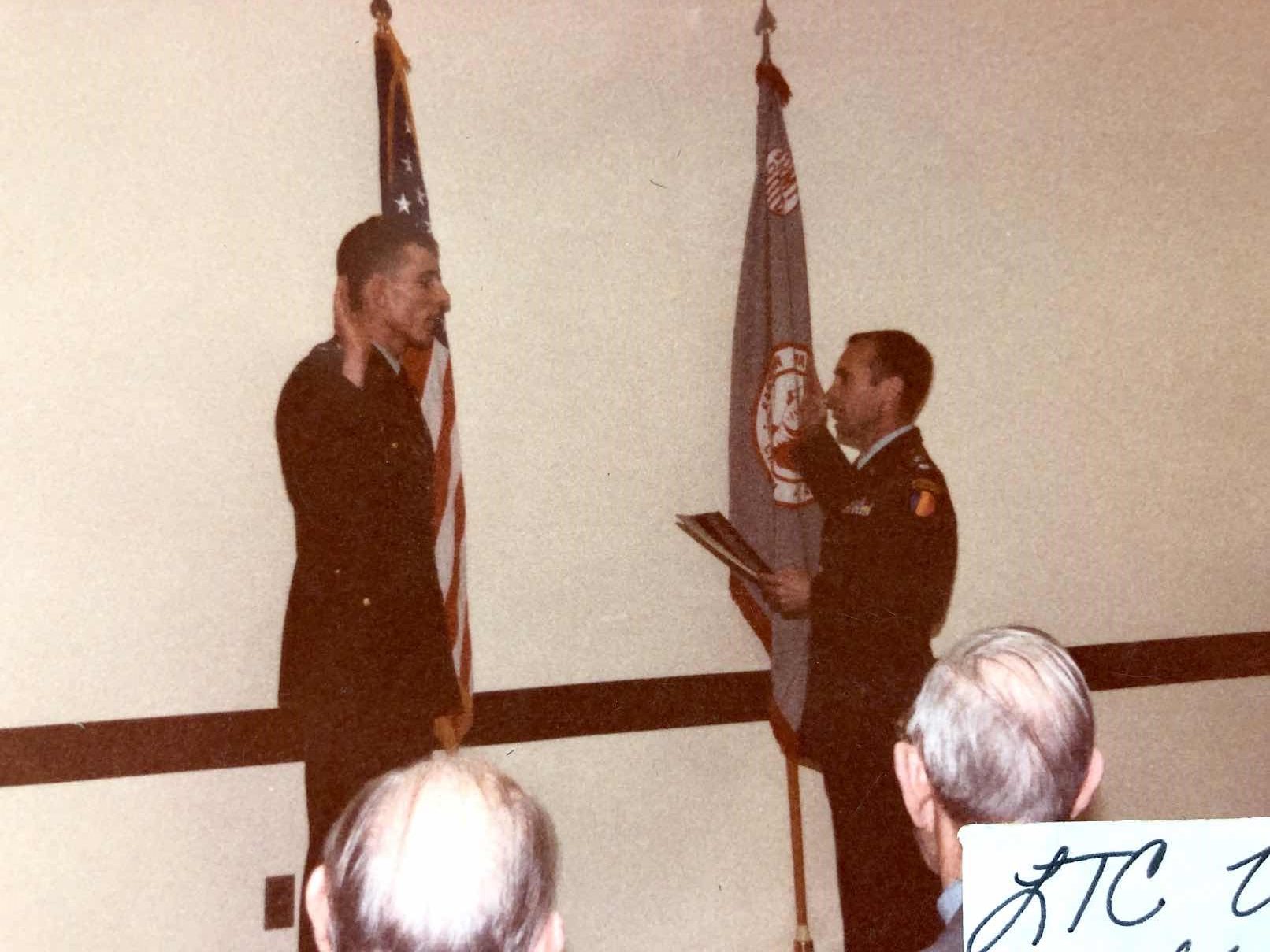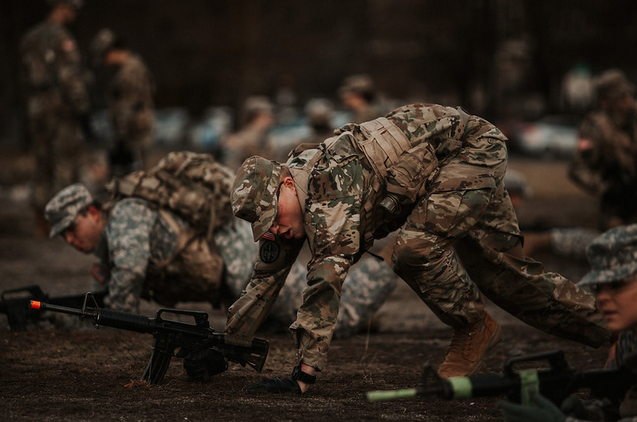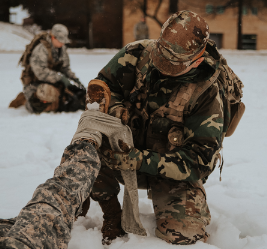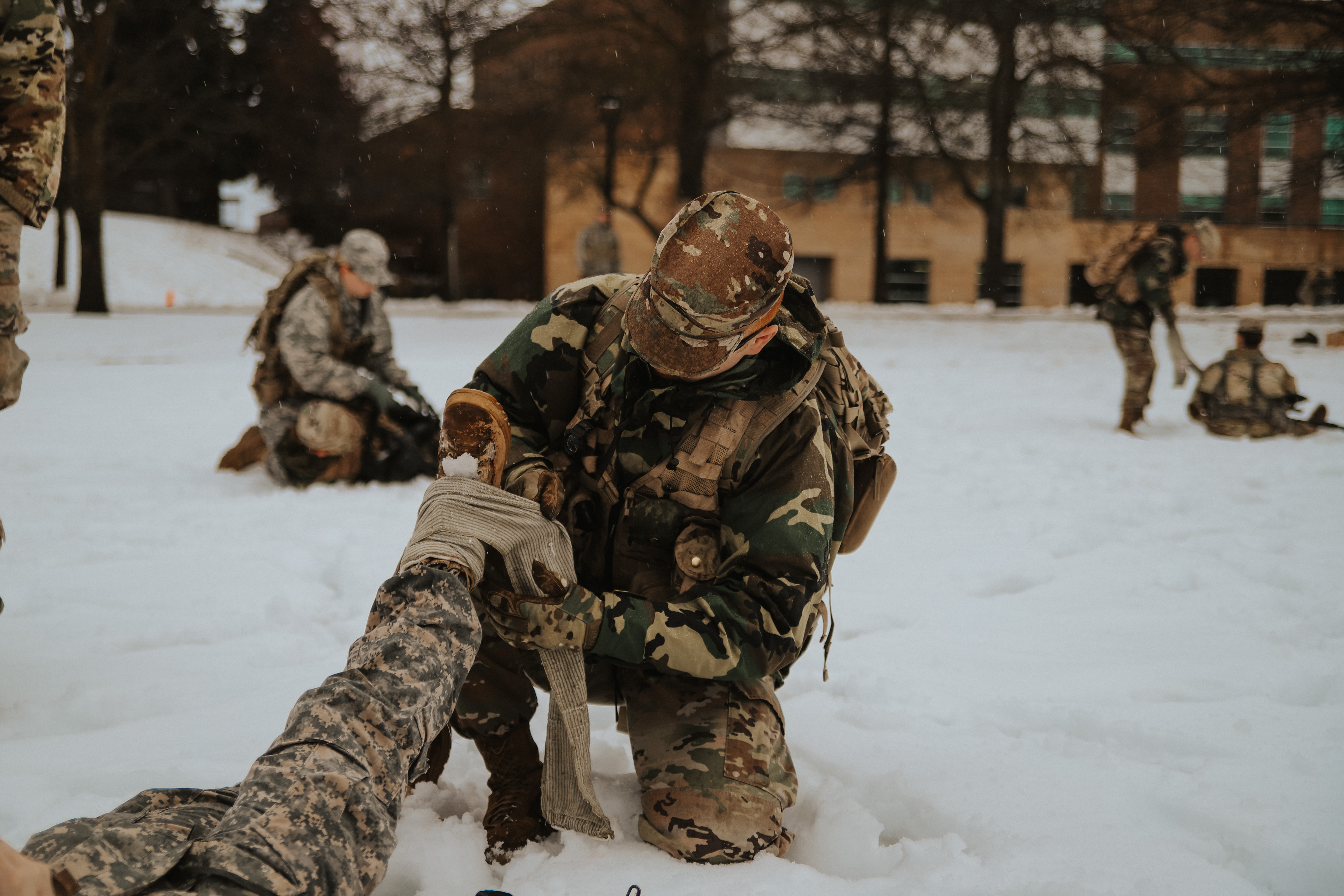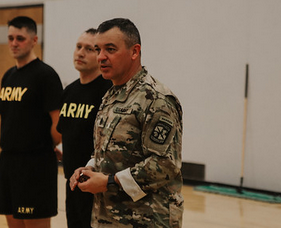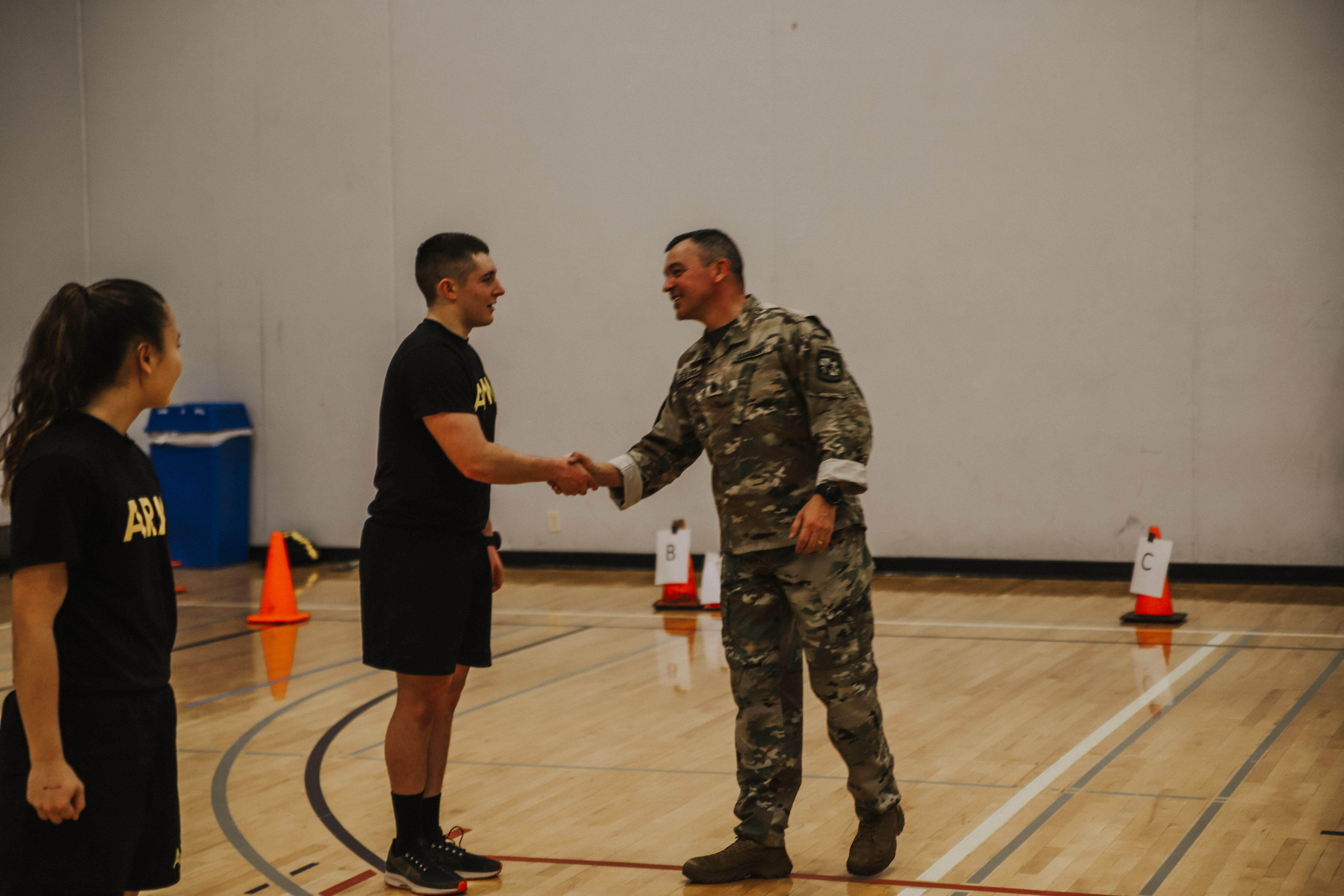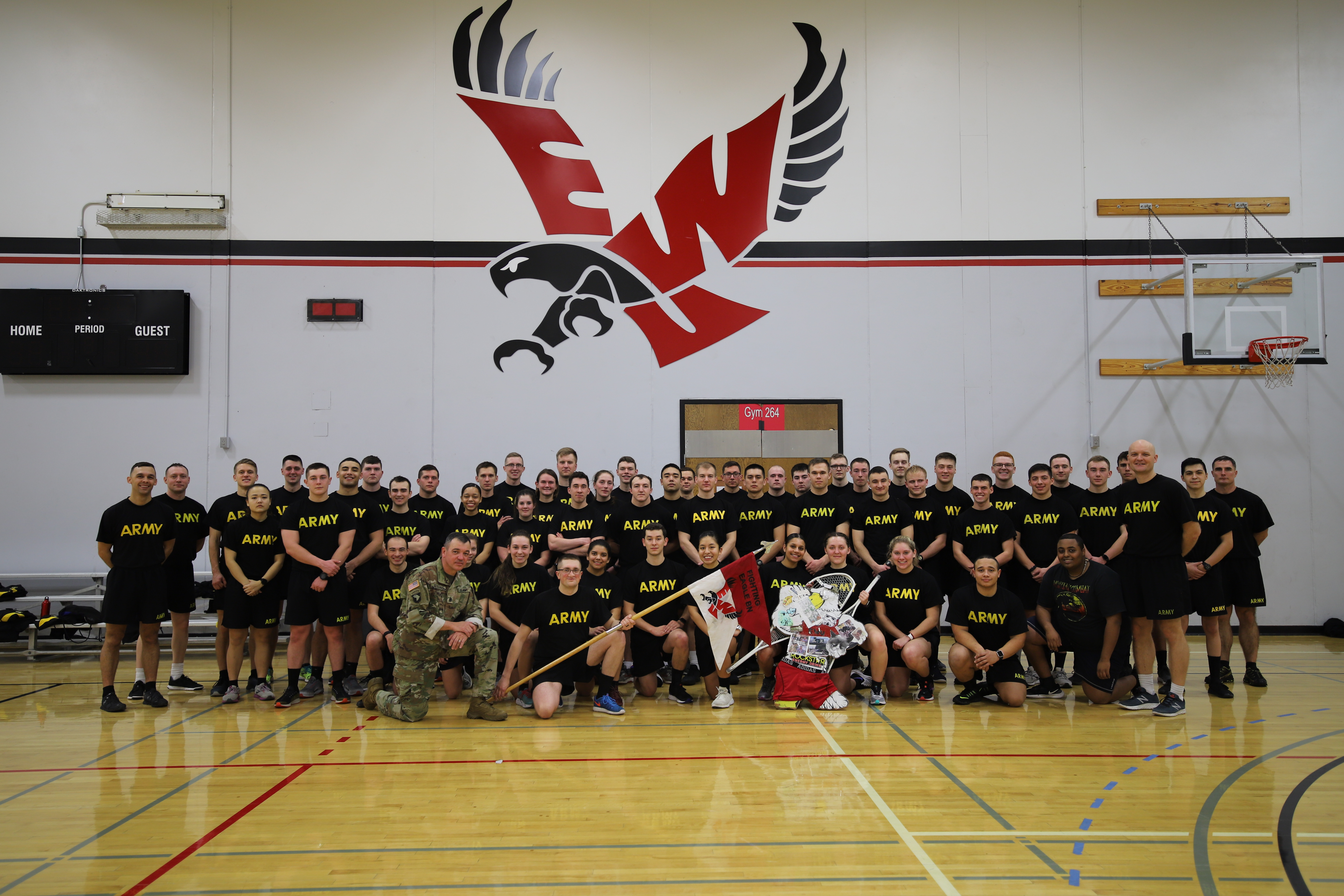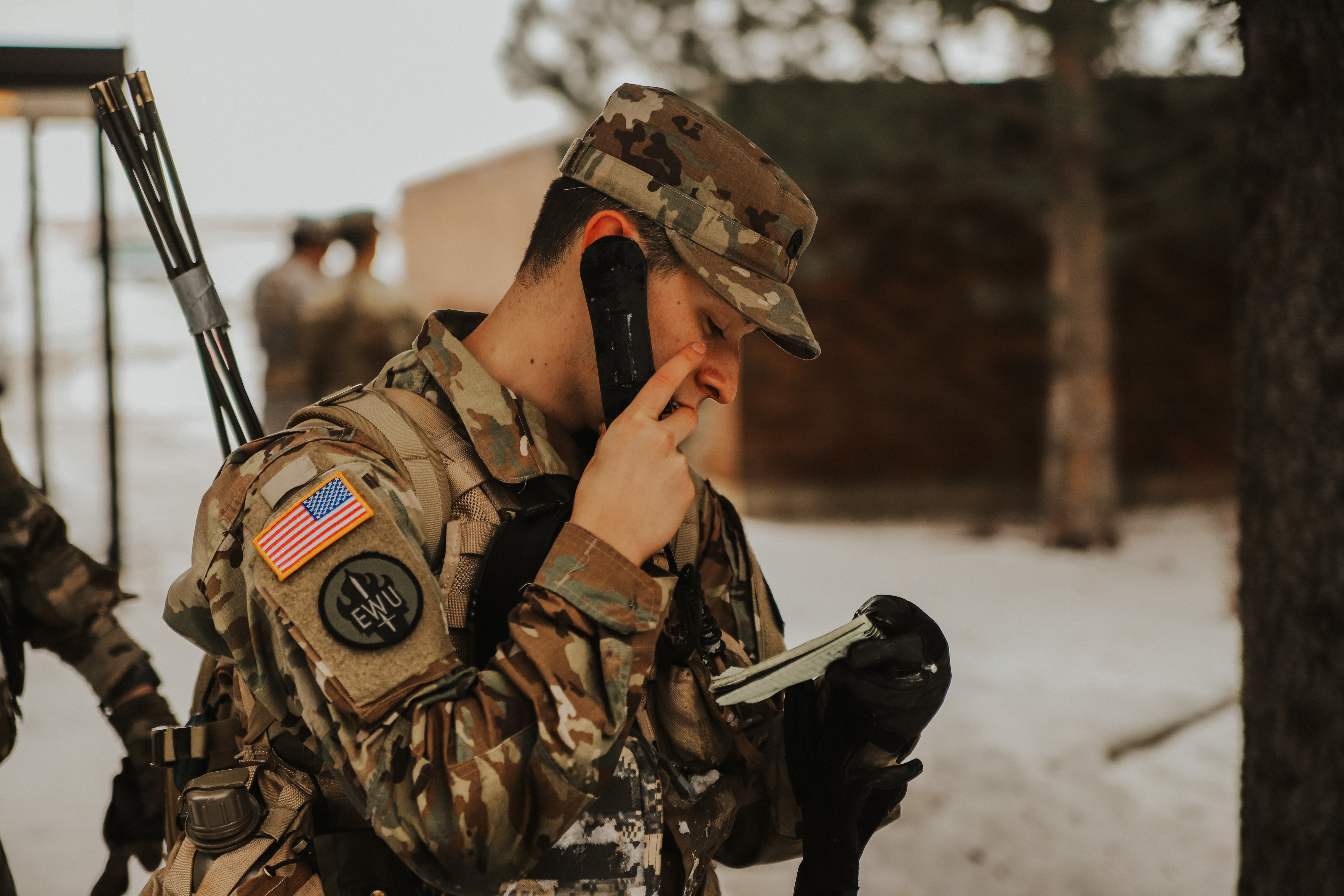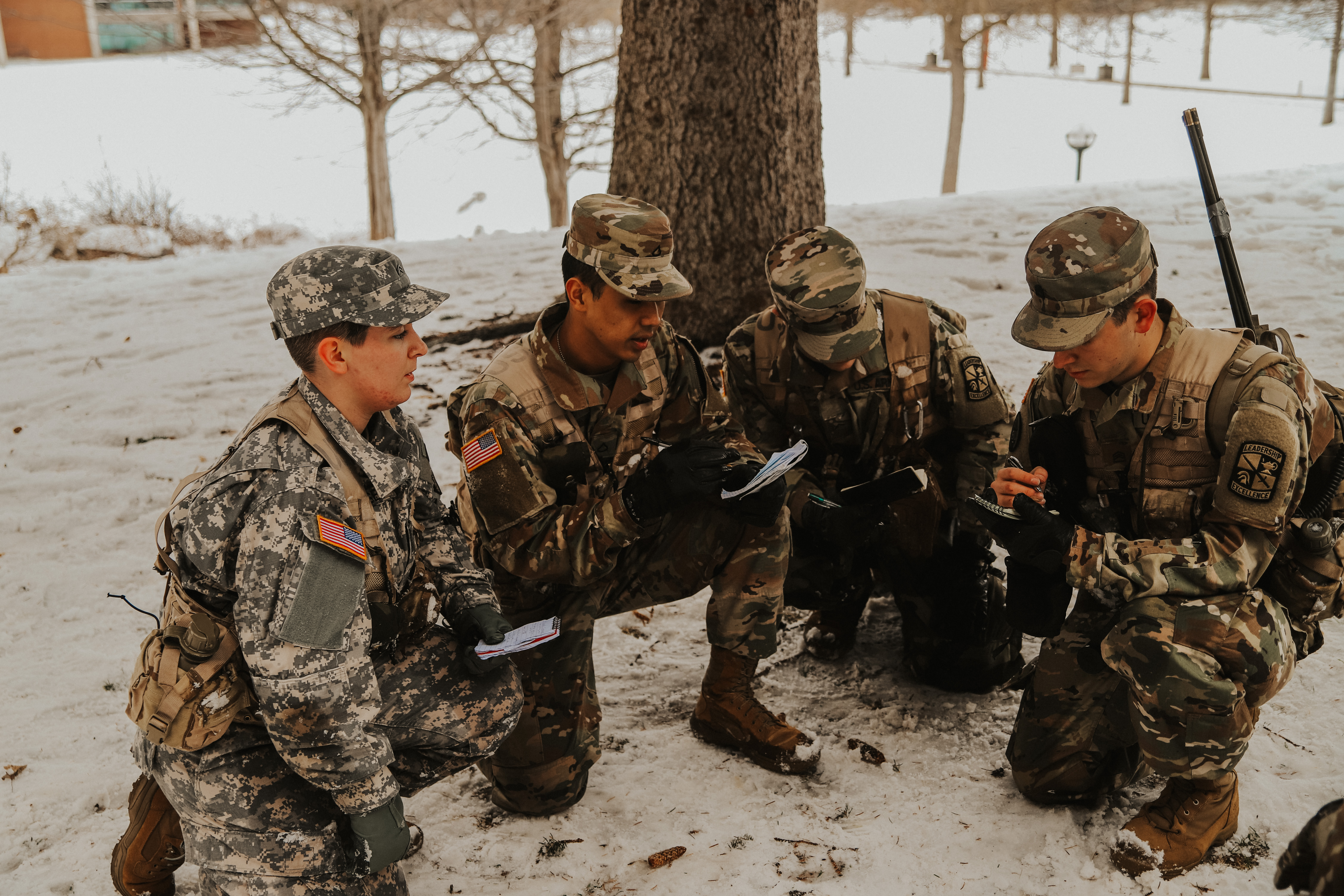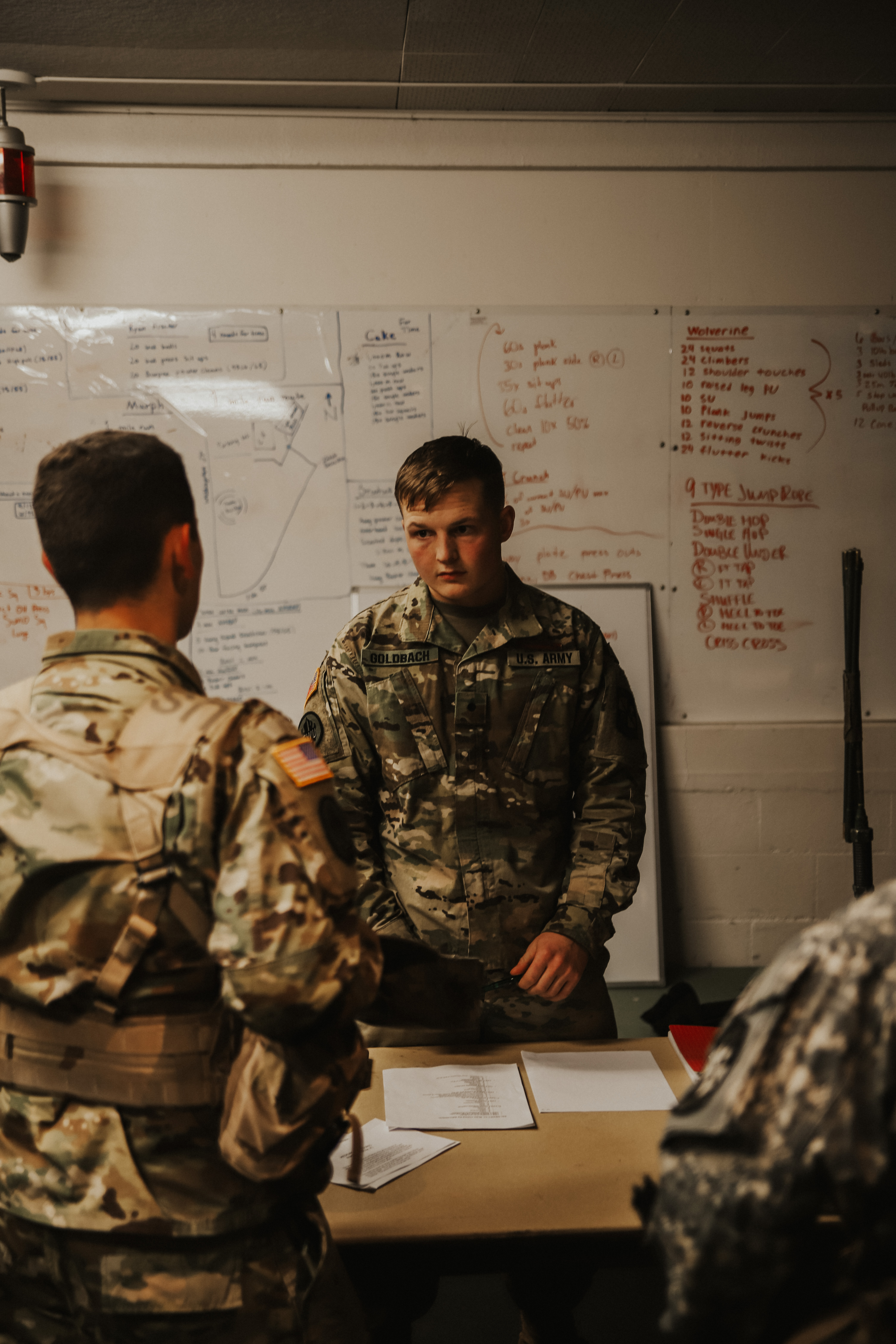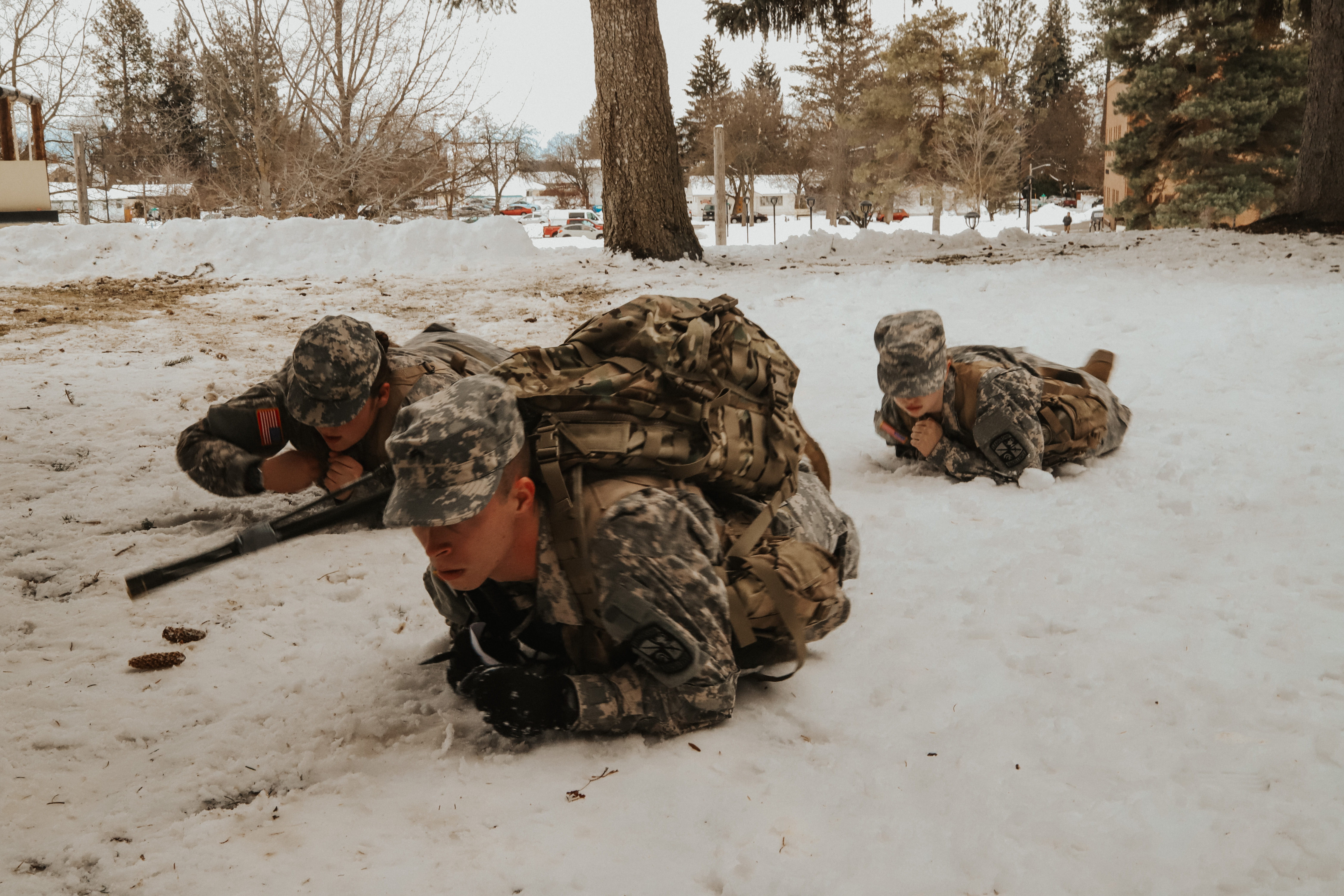On the 6th of February 2020, the Eastern Washington University (EWU) Fighting Eagles Battalion conducted squad movement techniques as well as Linear Danger Area (LDA) crossings at the Montagues Farm property adjacent to the EWU campus. Recent snow made the hilly wheat fields slick and muddy, but the Cadets still showed great motivation throughout the lab despite the conditions.


Cadets who had met previously with their assigned squad leaders, were able to apply what they’ve been learning in the classroom in a real-world environment. The movement formations being used were the squad file, squad line and squad column fire team wedge. The movement techniques, which are the method in which the formations are used, were traveling, traveling overwatch and bounding overwatch. These will be utilized in different situations depending on time restrictions, maneuverability, and if enemy contact is likely or not. It is ultimately up to the squad leader to determine which is used.

LDA’s come up when doing large movements. A few examples of these are power line areas, or even large grassy fields where cover and concealment is limited. As leaders in the army, Cadets are required to know how to manage these areas without putting soldiers’ lives in harms way. These skills are also important for our Cadets to master to prepare them to excel at ROTC Advanced Camp held each summer at Ft. Knox, Kentucky.

Following the conclusion of the squad training the Fighting Eagles concluded the lab by conducting a contracting ceremony for Cadet Gervacio Camacho. It was special moment for him to take the Oath of Enlistment with his mother on hand to place his EWU patch on his right shoulder sleeve signifying him as a contracted Cadet. More pictures from the lab can be viewed at this link.
Go ROTC! Go Fighting Eags!
